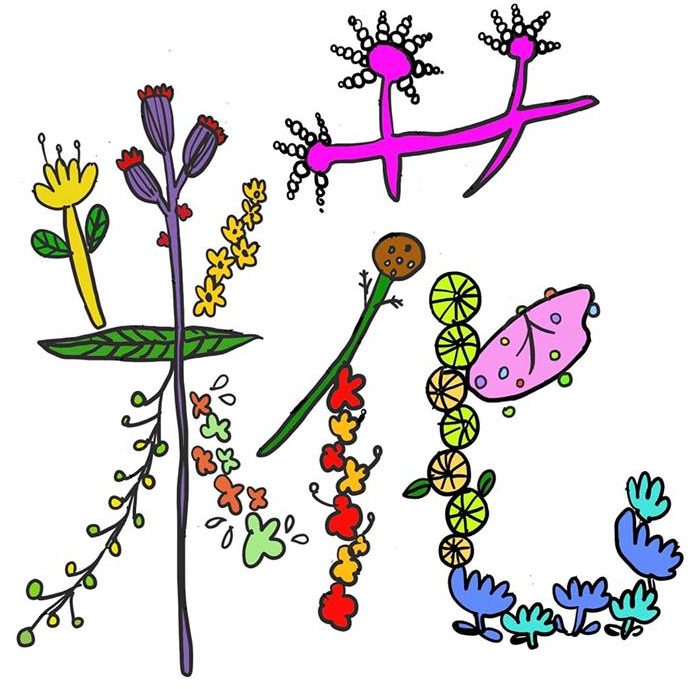(This was translated from Japanese article, for Japanese people.)
Today, I’d like to talk about something that came to my mind during this workshop.
As I was talking to everyone about the cloth used to wrap the body, I realized.
I realized afterwards that this is probably what I wanted to tell you all.
“Cut the cloth into 15cm squares and use them”
I also provide a picture of it.
and said, “Let’s try it like this.
There was a meaning behind it.
Sarashinuno (bleached cloth)
Have you ever used it before?
Tenugui (hand towel)
I assume many people like Tenugui.
If you live outside of Japan, the Beauty of Tenugui may make you more attractive!
Talking about Japanese cloth culture is an interesting topic in itself, but I’ll just simply post the link for now.
I also love this story about cloth patterns.
https://wawawork.work/workerstrend/fashion/485/
What I want to emphasize about this article is that the edge of hand towels are cut off.
Japanese hand towels are made of 100% cotton with a simple flat fold.
Even if there are a few threads coming out when the cloth is left uncut, the cloth will shrink as it is used, and the loose ends will eventually disappear.
In fact, leaving the fabric uncut allows it to dry very quickly and prevents the growth of bacteria.
If you are using thick towels, you may find that the edges of the towels are not completely dry, especially if they are sewn back together.
====
Sarashi cloth (bleached white cloth, used to make tenigui)
====
When you think of sarashinuno, the only thing you think of is as a belly band for pregnant women.
There are some people who have it, but I wonder if there are many people who have it in their wardrobe.
I’ve borrowed the image.
A sarashi cloth is one of the most important tools when cooking, especially for Japanese food.
In the old days, there was no such thing as kitchen paper, but instead, people used sarashi cloth or tenugui, or in other words, eco-friendly cloth, for everything.
It is said that the cloth was left uncut because people started using the scraps of cloth that came out when making kimonos in their daily lives.
The culture of hand towels developed in the Edo period (1603-1868), and the Japanese people have a playful spirit that sees the use of uncut cloth as chic.
It is hygienic, logical, convenient, and very useful.
It is convenient, useful, and the best for people, the environment, and food.
I would be very happy if you could notice that.

